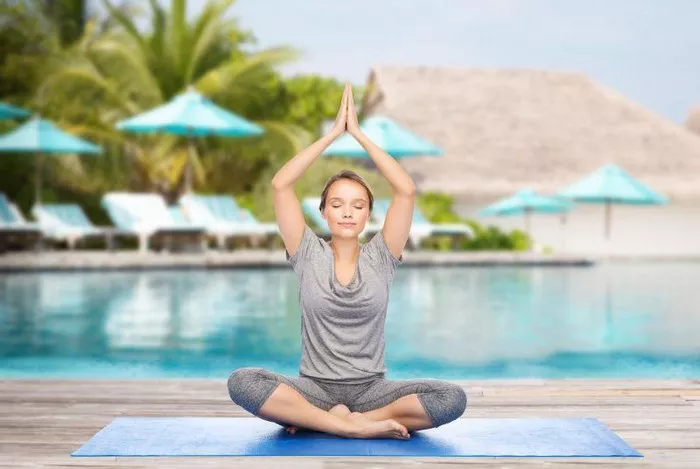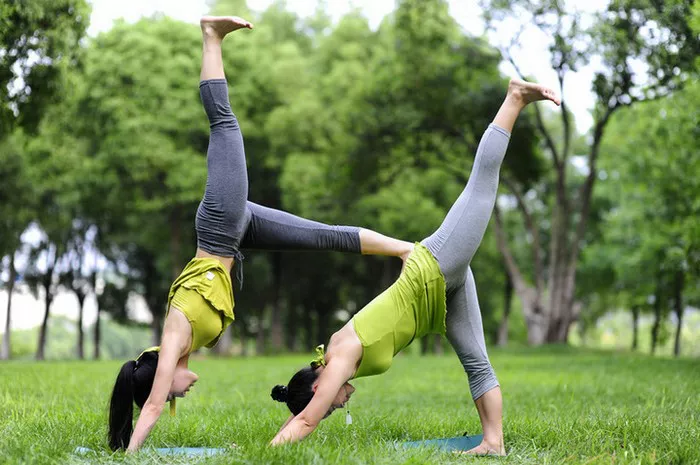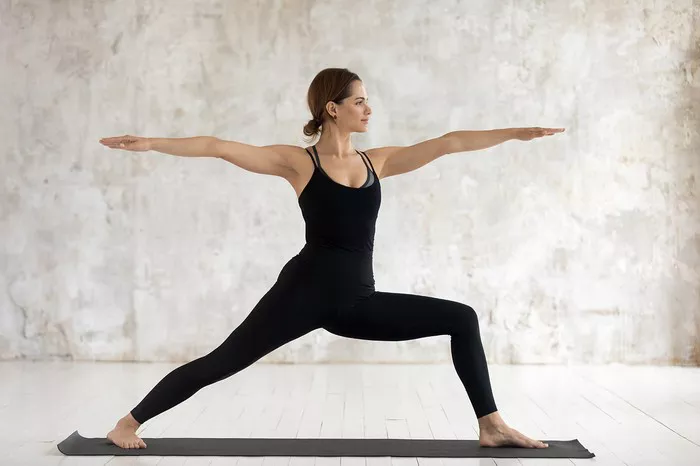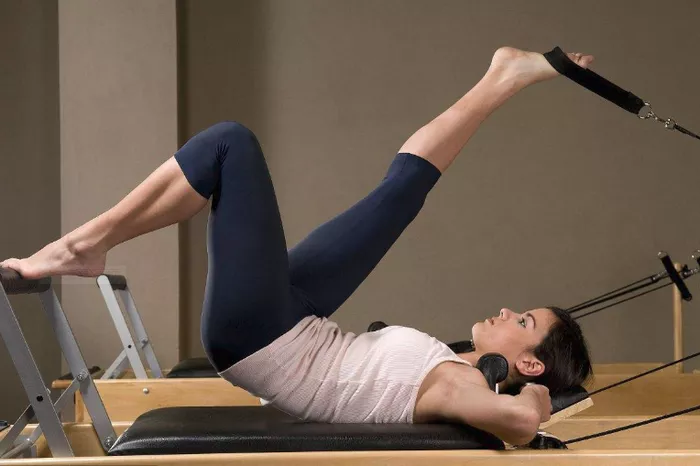In the fast-paced world we inhabit, stress, anxiety, and tension have become all too common. As individuals seek ways to manage these challenges, ancient practices such as yoga and meditation have experienced a resurgence in popularity. Central to these practices are various breathing techniques, often referred to as pranayama in the yogic tradition. In this article, we delve into the profound effects of yogic breathing techniques, exploring their history, benefits, and practical applications in modern life.
Understanding Yogic Breathing
Yoga, an ancient practice originating in India, encompasses a holistic approach to well-being, integrating physical postures (asanas), meditation, and breath control (pranayama). While the physical postures of yoga have gained significant attention in the West, the importance of breath control cannot be overstated.
In yogic philosophy, prana is considered the vital life force that sustains both the body and mind. Pranayama, therefore, is the practice of consciously controlling this life force through various breathing techniques. These techniques aim to balance and harmonize the body and mind, leading to a state of inner peace and heightened awareness.
Benefits of Yogic Breathing Techniques
The benefits of incorporating yogic breathing techniques into one’s daily routine are manifold and extend beyond physical health. Some of the key benefits include:
1. Stress Reduction: By engaging in deep, rhythmic breathing, individuals can activate the body’s relaxation response, reducing levels of stress hormones such as cortisol. This, in turn, promotes a sense of calm and well-being.
2. Improved Mental Clarity: Yogic breathing techniques help clear the mind of clutter and chatter, allowing for greater focus and mental clarity. This can enhance cognitive function and decision-making abilities.
3. Enhanced Emotional Resilience: By regulating the breath, individuals can better manage their emotional responses to challenging situations. Yogic breathing promotes emotional stability and resilience, enabling individuals to navigate life’s ups and downs with greater ease.
4. Increased Energy Levels: Deep breathing techniques oxygenate the body and stimulate the parasympathetic nervous system, leading to increased energy levels and vitality. This can combat feelings of fatigue and lethargy, promoting a sense of vitality and well-being.
5. Improved Respiratory Health: Practicing pranayama can strengthen the respiratory muscles, increase lung capacity, and improve overall respiratory function. This is particularly beneficial for individuals with respiratory conditions such as asthma or chronic obstructive pulmonary disease (COPD).
6. Enhanced Mind-Body Connection: Yogic breathing techniques foster a deeper connection between the body and mind, promoting holistic well-being. By cultivating mindfulness and awareness of the breath, individuals can develop a greater sense of self-awareness and inner harmony.
Types of Yogic Breathing Techniques
There are numerous yogic breathing techniques, each with its own unique effects and benefits. Some of the most commonly practiced techniques include:
1. Diaphragmatic Breathing (Deergha Swasam): Also known as abdominal or belly breathing, this technique involves deep inhalation and exhalation, with an emphasis on expanding the abdomen on inhalation and contracting it on exhalation. Diaphragmatic breathing promotes relaxation, reduces stress, and enhances oxygenation of the body.
2. Ujjayi Pranayama (Victorious Breath): Ujjayi pranayama involves breathing through the nose while slightly constricting the back of the throat, creating a soft, audible sound resembling ocean waves. This technique helps calm the mind, regulate the breath, and build internal heat.
3. Nadi Shodhana (Alternate Nostril Breathing): Nadi shodhana involves alternating between breathing through the left and right nostrils, using the fingers to gently close off one nostril at a time. This practice helps balance the body’s energy channels, calm the mind, and promote emotional balance.
4. Kapalabhati (Skull Shining Breath): Kapalabhati involves rapid, forceful exhalations followed by passive inhalations. This dynamic breathing technique helps purify the respiratory system, increase oxygenation, and invigorate the body and mind.
5. Bhramari Pranayama (Bee Breath): Bhramari pranayama involves inhaling deeply and exhaling while making a buzzing sound similar to that of a bee. This technique helps soothe the nervous system, reduce anxiety, and promote a sense of tranquility.
6. Sitali Pranayama (Cooling Breath): Sitali pranayama involves inhaling through a rolled tongue or pursed lips, creating a cooling sensation in the body. This practice helps regulate body temperature, calm the mind, and alleviate stress and tension.
Incorporating Yogic Breathing into Daily Life
Integrating yogic breathing techniques into daily life does not require a significant time commitment and can be easily incorporated into existing routines. Some practical ways to incorporate pranayama include:
1. Morning Routine: Start the day with a few minutes of deep breathing or alternate nostril breathing to set a positive tone for the day ahead.
2. Stressful Situations: When faced with stress or anxiety, take a few moments to pause and practice a calming breathing technique such as ujjayi pranayama or diaphragmatic breathing.
3. Mindful Movement: Coordinate breath with movement during yoga practice or other forms of exercise to enhance mindfulness and body awareness.
4. Bedtime Ritual: Wind down in the evening with a gentle breathing practice such as nadi shodhana or bhramari pranayama to promote relaxation and prepare for restful sleep.
5. Mindful Eating: Practice mindful breathing before meals to cultivate a sense of presence and gratitude, aiding digestion and promoting mindful eating habits.
Conclusion
Yogic breathing techniques offer a powerful means of cultivating inner peace, harmony, and well-being in today’s fast-paced world. By harnessing the power of the breath, individuals can tap into a profound source of vitality, resilience, and serenity. Whether incorporated into a yoga practice or integrated into daily life, pranayama holds the potential to transform both body and mind, unlocking a deeper sense of connection, presence, and inner peace. As we continue to navigate the complexities of modern life, let us embrace the wisdom of ancient practices and embark on a journey of self-discovery and transformation through the art of conscious breathing.





















